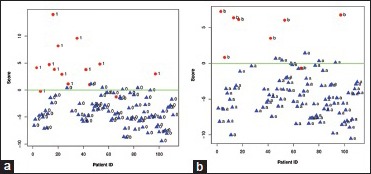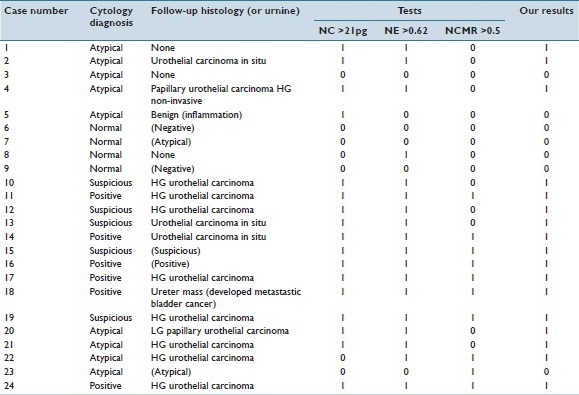Jeremy Molligan1, Robert Stapp1, Miraj Patel1, Jack London1, Chirayu Goswami1, James Evans1, Stephen Peiper1
1Department of Pathology, Thomas Jefferson University, Philadelphia, Pennsylvania, US. E-mail: jeremy.molligan@jefferson.edu
CONTENT
Biorepositories play a crucial role in biomedical research on human disease. A richly annotated biorepository was designed and implemented at Thomas Jefferson University through the integration of clinical data, pathologic data, whole-slide imaging, and CAP-modelled quality control procedures. Specimens with corresponding clinical and genomic data are accessible via a single web portal.
TECHNOLOGY
Open-source software was utilized, including: Open Specimen v1.2 (database application for specimen inventory, tracking, and annotation), i2b2 (a patient data analytics platform), NeuroDB (custom clinical data acquisition web application), the Aperio whole-slide imaging system, Cerner CoPath Plus v2012 (A/P LIS) [Kansas City, MO, United States], and inventory management utilizing BioTillion [Skillman, NJ, United States] RFID enabled specimen vials.
DESIGN
After consenting the patient, clinicians enter clinical data into NeuroDB. Blood and tissue samples are collected directly from the OR, processed, and annotated within Open Specimen. Specimens are aliquoted for FFPE and routine histology (1), nucleic acid extraction (2), and cryopreservation in LN2 (6). The QC slide is examined by a pathologist, electronically documented for quality control, and scanned utilizing the Aperio imaging system. The pathology files are accessible for quality management and to investigators via an i2b2 query tool link and a web-based image viewer. Pathology reports are transferred from Cerner CoPath Plus to i2b2 via an HL7 interface, where the information is parsed, de-identified, and uploaded into the i2b2 research data mart.
RESULTS
Researchers are able to search for banked tissue samples via the i2b2 query tool. These specimens have been managed utilizing strict quality control standards, are annotated with relevant clinical history, morphologic diagnoses, molecular diagnoses, and digital images.
CONCLUSIONS
Current medical research requires access to large numbers of tissue samples consented for broad research use, that have extensive annotation, and whose collection and preservation conserves the integrity of macromolecules. Past archived specimens obtained rarely meet all of these requirements making it necessary to establish a state-of-the-art biorepository to for current and future research. The development of a complementary database of digital images will enhance quality management and provide scientists with knowledge of the composition of banked tissue.


























